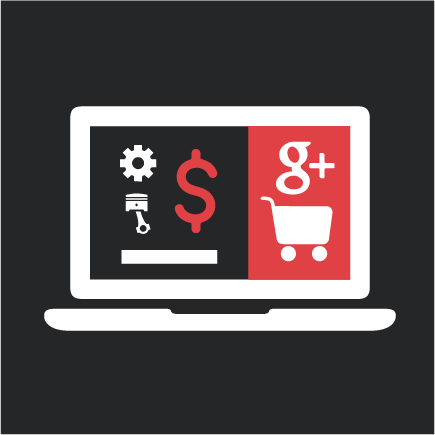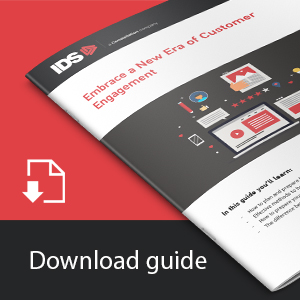Don’t miss out!
Get the latest resources sent directly to your inbox.
It’s no secret that the COVID-19 pandemic has drastically changed the way businesses interact with customers, which means that a digital storefront (no matter how basic) is absolutely vital in today’s market.
For example, according to a survey by McKinsey & Company, 73% of consumers are uncomfortable with going back to “regular” out-of-home activities since they are waiting for assurances from both the government and medical authorities that it is safe to do so.
In the ideal world, your physical and digital storefronts should operate as one. So, if you already have a well-designed website, you’ve made the first (and arguably the biggest) step. If it happens to display accurate information on all your products and brands, you’re even closer to that goal.
This is important because, according to ThinkwithGoogle, about 63% of shopping occasions start online, so if you don’t have a website, you may be missing out on a huge portion of potential buyers.
Either, once you have the basics in place, here’s what you should do next to build a digital storefront:
 Consider listing your inventory with Google Shopping – in addition to listing it on your website.
Consider listing your inventory with Google Shopping – in addition to listing it on your website.
With Google Local Inventory Ads (LIAs), you can display your local inventory at the exact moment someone in your geographical area searches for the relevant product. Once they find it, they can click on the ad to end up on your dealership’s product page where they can view your stock levels, current offers, location, and hours of operation.
The biggest obstacle here is the fact that your website may not have the most up-to-date inventory information. In this case, your best bet is to implement a dealership management system that either streamlines or completely automates the process. So, definitely make sure your system can do that (we are biased toward IDS Astra, but we’re not here to push it).
By putting your inventory details online, you can increase both your online presence and in-store foot traffic.
 Here’s a fun fact: according to BrightLocal, 82% of consumers read online reviews for local businesses, including 93% of people aged 35 to 54. Furthermore, a positive reputation online can get more customers to trust your business, convert more searchers into leads and boost your local search rankings.
Here’s a fun fact: according to BrightLocal, 82% of consumers read online reviews for local businesses, including 93% of people aged 35 to 54. Furthermore, a positive reputation online can get more customers to trust your business, convert more searchers into leads and boost your local search rankings.
So, if online reviews (on Google, Facebook, etc.) don’t paint a good picture of your dealership, then it’s time to inject some positivity into them. Here’s where you can start:
If you have several negative reviews that appear to be at the forefront, don’t shy away from responding to them. Try your best to address the issues the reviewer may have had with you, or at the very least, apologize for inconveniencing them and try to make it up to them.
Don’t neglect positive reviews, either. Thank those customers for the kind words and encourage them to come back. This will also inspire other people to leave a review for you since they know it will be read.
Responding to consumer reviews shows that you really do care about the opinions of your customers, which creates a positive impression of your business overall.
Many customers – happy or otherwise – won’t leave a review, so it’s a good idea to encourage them to do so. One of the best ways to incentivize a review is by offering a reward for doing so, such as:
Note: Be aware that not all review platforms (e.g. Yelp) condone review incentives, so be careful!
 Do you use social media? It doesn’t matter, because nearly 50% of the world’s population does. Furthermore, in 2019, 90.4% of Millennials, 77.5% of Gen Xers and 48.2% of Baby Boomers were active social media users, according to Emarketer. So, if you’re not out there yet, you better get started!
Do you use social media? It doesn’t matter, because nearly 50% of the world’s population does. Furthermore, in 2019, 90.4% of Millennials, 77.5% of Gen Xers and 48.2% of Baby Boomers were active social media users, according to Emarketer. So, if you’re not out there yet, you better get started!
The best way to engage an audience on social media platforms like Facebook, Twitter, Instagram and YouTube is by posting good content. Determine which platforms resonate with your customer base the most and prioritize them over the rest of them. The key here is to keep posting your content consistently (a few times a week), so your audience stays hooked.
Here are some content ideas:
 Need More Help With Engaging Your Customers?
Need More Help With Engaging Your Customers?If you need more tips on how to actively engage your customers during the pandemic (or otherwise), be sure to check out our new guide.
Get the latest resources sent directly to your inbox.